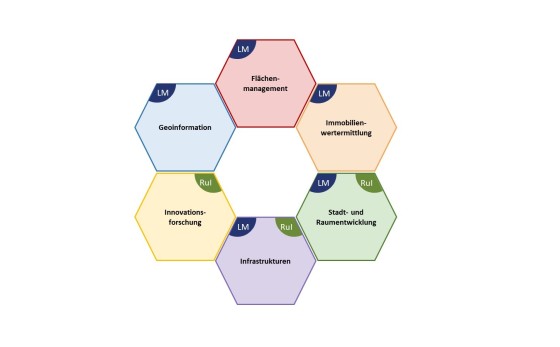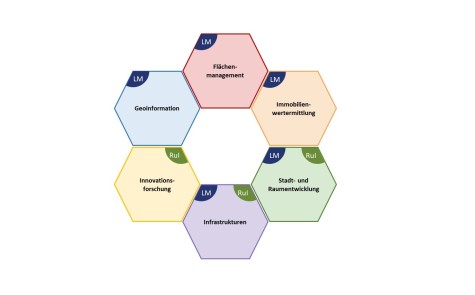Chair of Spatial and Infrastructure Planning

The Chair of Spatial and Infrastructure Planning
Welcome to the Chair of Spatial and Infrastructure Planning!
Excellent basic research, combined with a high level of practical relevance: The area of spatial and infrastructure planning is one of the leading research institutions in the field of spatial and infrastructure planning.

At the Chair of Spatial and Infrastructure Planning, we deal with the potentials and problems of sustainable spatial and infrastructure development and develop orientation knowledge for political-planning action. This includes topics such as climate change and sustainable urban development, regional innovation systems (RIS), critical infrastructures (KRITIS), resource-efficient urban districts (BMBF project RessStadtQuartier) very important. This is also reflected in subjects such as environmental planning, infrastructure planning, system of infrastructures, economic assessment methods and methodology of empirical analysis.
- Our future research priorities and interests are therefore:
- National and regional innovation systems
- Diffusion of sustainable innovations
- Sustainable mobility strategies
- Electric mobility in cities
Organizational structure with the FG Land Management
Since November 2016, the area of spatial and infrastructure planning has been under the provisional direction of Prof. Dr.-Ing. Hans-Joachim Linke. This is used for an even more intensive cooperation in the sense of an integrative consideration of the topics of both disciplines in research and teaching.
Our specialist work focuses on questions such as:
- How do technical infrastructure systems change in different spatial contexts? How can urban and regional politics and planning contribute to a sustainable renewal of these socio-technical systems?
- How do cities and regions change in different national and international contexts? Which forms of planning and governance can sustainable spatial development be promoted?
- What new requirements for spatial and infrastructure planning result from global environmental changes, for example in the area of climate protection, adaptation to climate change or flood prevention?


